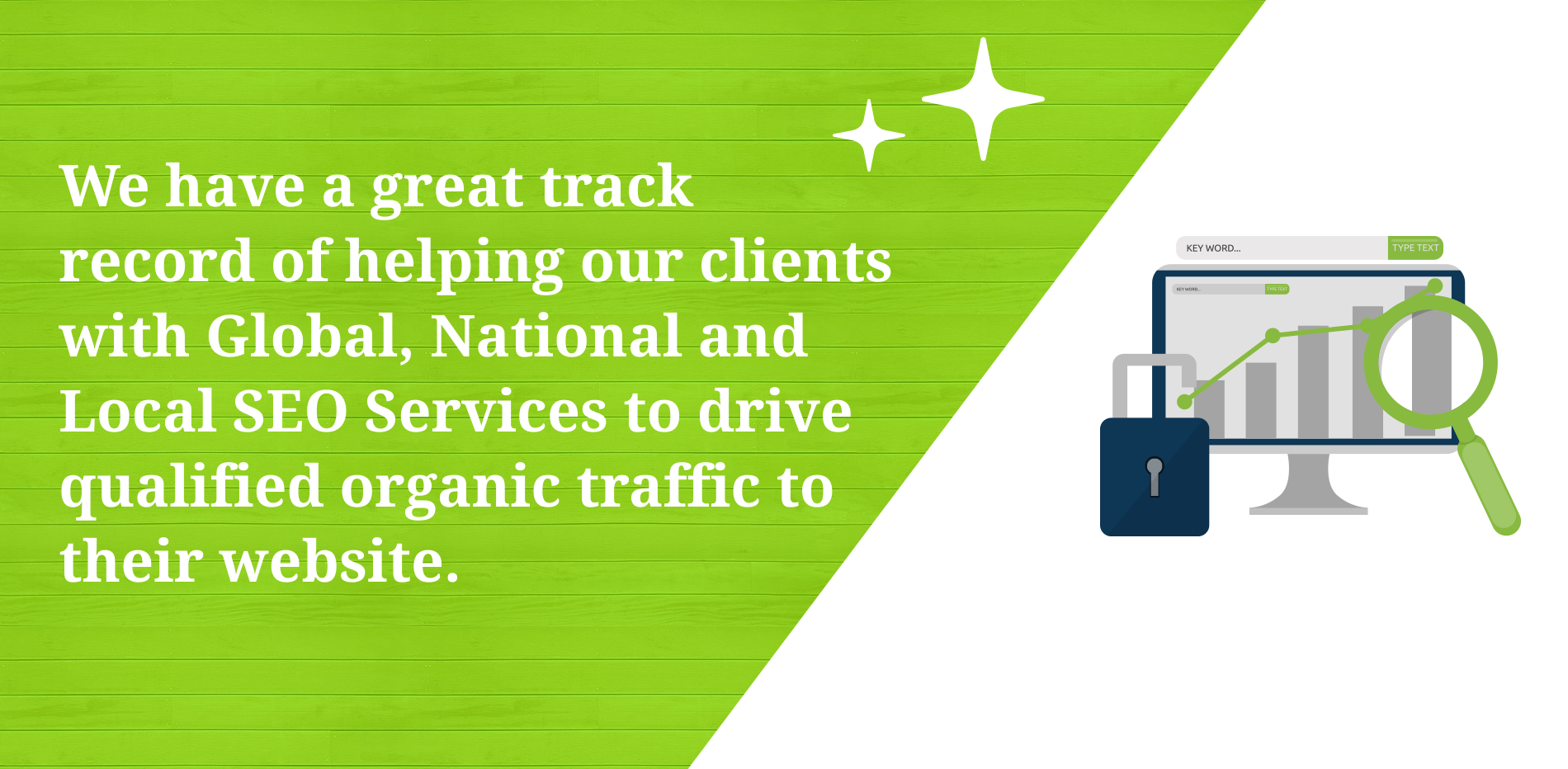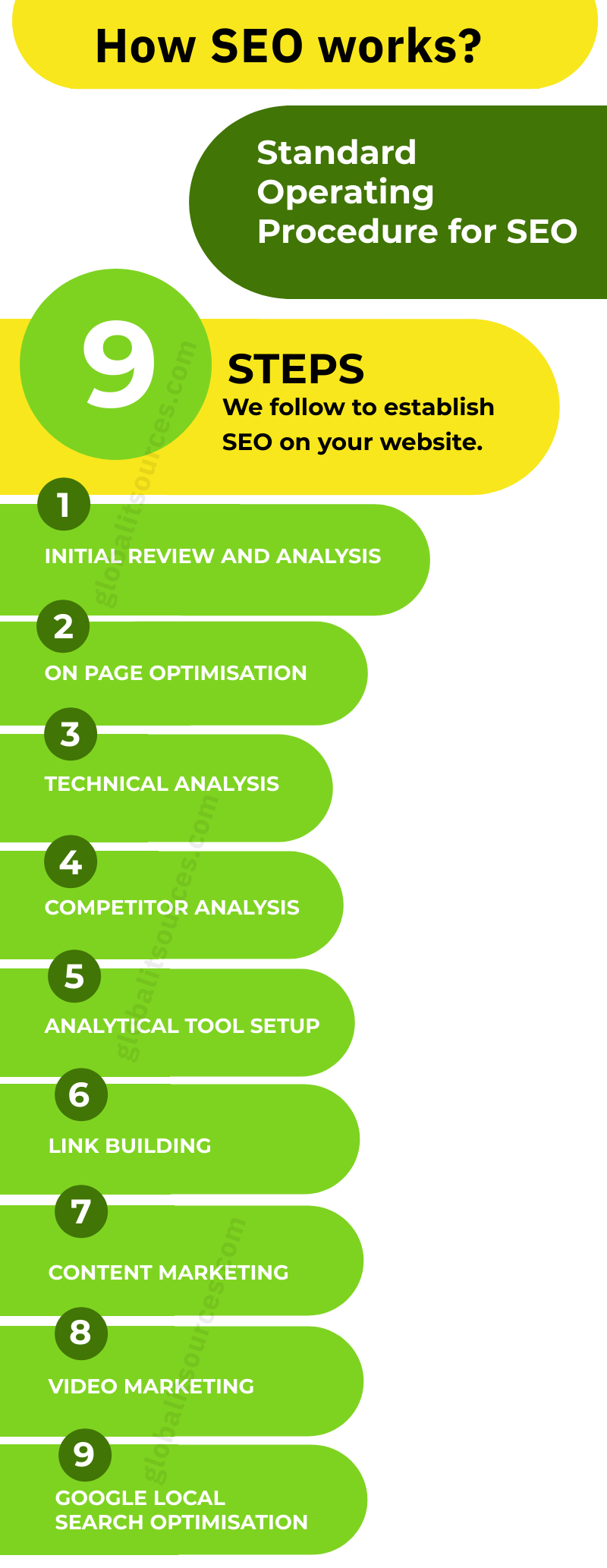The Google Algorithm: Understanding its Aspects
For a Google search, you might come across several thousand or maybe even millions of results, which are organized in a list by Google. To formulate this list, Google uses an ‘algorithm’, according to which it decides which website to list from top to bottom.
Although Google has not put up this algorithm openly in the public domain, it has issued guidelines that help companies to meet Google’s criteria for proper SEO. Google also keeps changing and updating its algorithm and guidelines, which must be regularly understood by SEO companies and enthusiasts.
The purpose of Google’s Algorithm & SEO: Relevance & Authority
Google has designed its algorithm to help people find what they are looking or searching for on the internet. The two main criteria taken into consideration by Google under its algorithm are ‘Relevance’ & ‘Authority’.
By ‘Relevance’, Google means that how relevant your website, service, article, or product is for the person who is looking for something specific, and by ‘Authority’, Google means that how trusted and well-known your website or your brand is.
Hence, SEO is designed to make sure that the pages of your website should be as relevant as possible to the searches made by people on Google. This category, ‘Relevance’ usually comes under ‘onsite SEO’ which involves optimizing the on-page content and the tags on your website. While ‘Authority’ is emphasized by getting as many links or backlinks to your website as possible.





